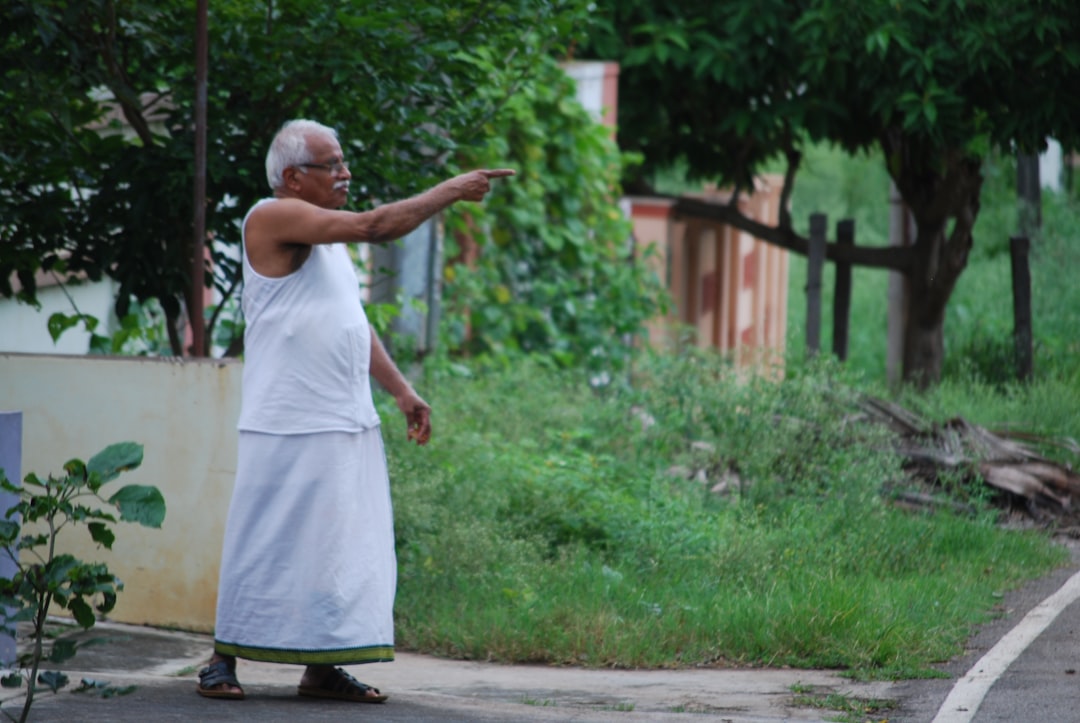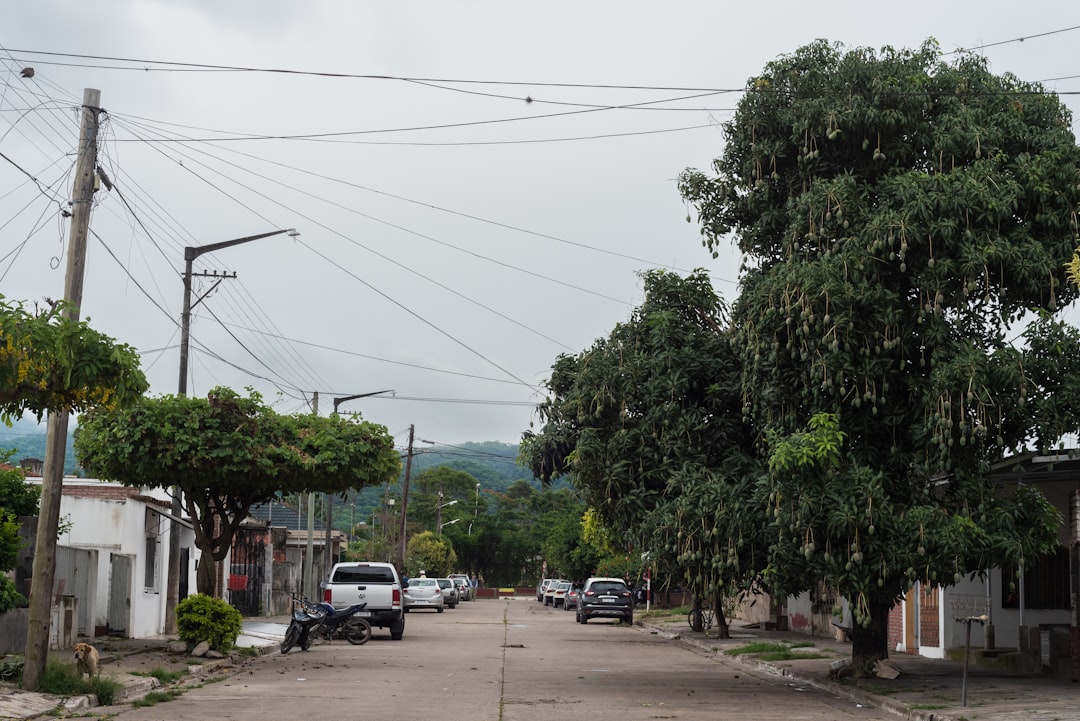Addressing Canada S Doctor Shortage — here’s what’s new, why it matters, and what to watch next.
Addressing Canada’s Doctor Shortage: An Open Letter to Premiers
As health systems across Canada grapple with a critical shortage of physicians, an open letter directed at the country’s premiers is calling for reforms to simplify the pathway for individuals aspiring to enter the medical field. The letter highlights the urgent need for change in a system that many deem overly complicated, expensive, and laden with obstacles, ultimately hindering the growth of a much-needed workforce.
At a Glance
- Issue: Canada faces a significant shortage of doctors.
- Call to Action: An open letter urges provincial leaders to reform medical education and training processes.
- Key Points: Emphasizes the financial and bureaucratic barriers faced by aspiring physicians.
- Impact: Potential for increased healthcare access if barriers are reduced.
Background & Timeline
In recent years, Canada’s healthcare system has been under increasing strain, with reports indicating that the country has around 30% fewer doctors per capita compared to other developed nations. The COVID-19 pandemic exacerbated existing challenges, revealing the fragility of health services and the urgent need for a robust medical workforce.
The Canadian Medical Association (CMA) has consistently raised alarms about the looming doctor shortage. According to a recent report from the CMA, it is projected that Canada could face a shortage of 60,000 physicians by 2030 if current trends continue. This alarming forecast has prompted numerous discussions at the provincial and federal levels, culminating in the recent open letter sent to the premiers.
The letter outlines a series of recommendations aimed at streamlining medical training and reducing financial burdens on students. Among these recommendations are proposals to increase residency spots, expand funding for medical education, and enhance support systems for medical students.
What’s New
The open letter, published on September 25, 2025, has garnered attention from both the public and policymakers. It emphasizes that while the demand for healthcare services is surging, the pathway for new doctors remains convoluted. The letter highlights specific barriers such as high tuition costs, limited residency placements, and lengthy training processes that discourage many potential medical students.
“Becoming a doctor in Canada is not just a dream; it’s a financial burden that often leads aspiring physicians to reconsider their career paths,” the letter states. This sentiment reflects a growing frustration among students who often accumulate significant debt before even beginning their practice.
In addition to financial obstacles, the letter addresses the bureaucratic hurdles faced by international medical graduates (IMGs) seeking to practice in Canada. Many IMGs face a lengthy and complex process to get their qualifications recognized, which can take years and often leads to disillusionment.
Why It Matters
The implications of this open letter are far-reaching. As Canada’s population continues to grow and age, the demand for healthcare services will only increase. This trend underscores the urgency of addressing the physician shortage. By making it easier to become a doctor, Canada could better ensure healthcare access for all its citizens.
Experts argue that simplifying the path to medical careers could lead to an influx of new physicians, particularly in underserved regions. Moreover, alleviating financial burdens could encourage a more diverse group of individuals to enter medicine, enriching the healthcare landscape.
Furthermore, as noted by Dr. Samantha Lee, a prominent physician and advocate for medical reform, “We need to remove the barriers that prevent talented individuals from joining our ranks. The health of our population depends on it.”
What to Watch Next
As the premiers review the recommendations put forth in the open letter, stakeholders across the healthcare landscape are keenly watching for any forthcoming policy changes. Upcoming provincial health summits and discussions are expected to address these issues, and the outcomes could significantly shape the future of medical education in Canada.
Additionally, advocacy groups are likely to ramp up pressure on provincial governments to act. There is a growing movement among medical students and professionals calling for immediate reforms, and social media campaigns highlighting personal stories of struggle may influence public opinion and policy decisions.
FAQ
Q: What is causing the doctor shortage in Canada?
A: The doctor shortage in Canada is driven by an aging population, increasing healthcare demands, and insufficient numbers of new doctors entering the workforce due to financial and bureaucratic barriers.
Q: What are the main barriers for aspiring doctors?
A: Major barriers include high tuition costs, limited residency placements, lengthy training processes, and the complex recognition process for international medical graduates.
Q: How can the recommendations in the open letter help?
A: The recommendations aim to streamline medical education and training, increase funding, and enhance support for medical students, potentially leading to more graduates entering the field.
Q: What role do international medical graduates play in addressing the shortage?
A: International medical graduates can help fill gaps in the healthcare system, but they often face challenges in getting their qualifications recognized, which can delay their entry into practice.
Q: What can individuals do to support changes in medical education?
A: Individuals can advocate for reforms by contacting their local representatives, participating in public discussions, and supporting organizations focused on healthcare policy reform.
Takeaways
The open letter to Canada’s premiers serves as a critical reminder of the urgent need for reforms in medical education and training. With the physician shortage expected to worsen, addressing the barriers that aspiring doctors face is not just beneficial but essential for the future of Canada’s healthcare system. The coming months will be pivotal as discussions unfold, and stakeholders await concrete actions from provincial governments.
Sources & Credits: Reporting synthesized from multiple reputable outlets and official releases.
Read our related coverage for more on Addressing Canada S Doctor Shortage.
For context and confirmations, see reputable wires like Reuters or AP News.
Source: Original Source. Reporting synthesized from multiple reputable outlets and official releases.
For deeper analysis on Addressing Canada S Doctor Shortage, explore more reports and explainers on Insurance Rate Expert.













